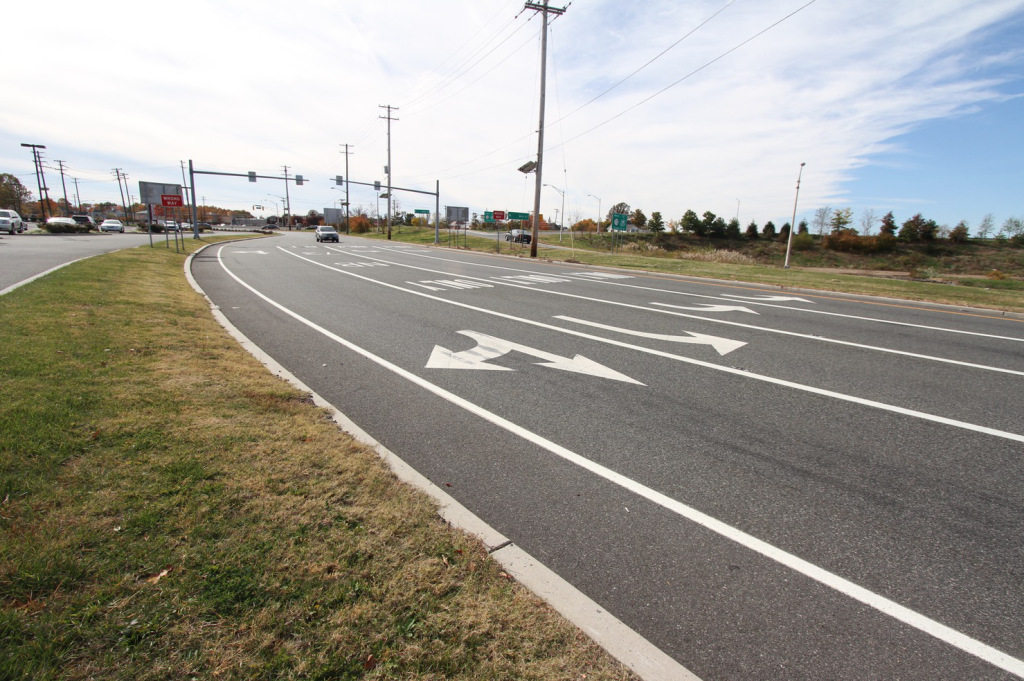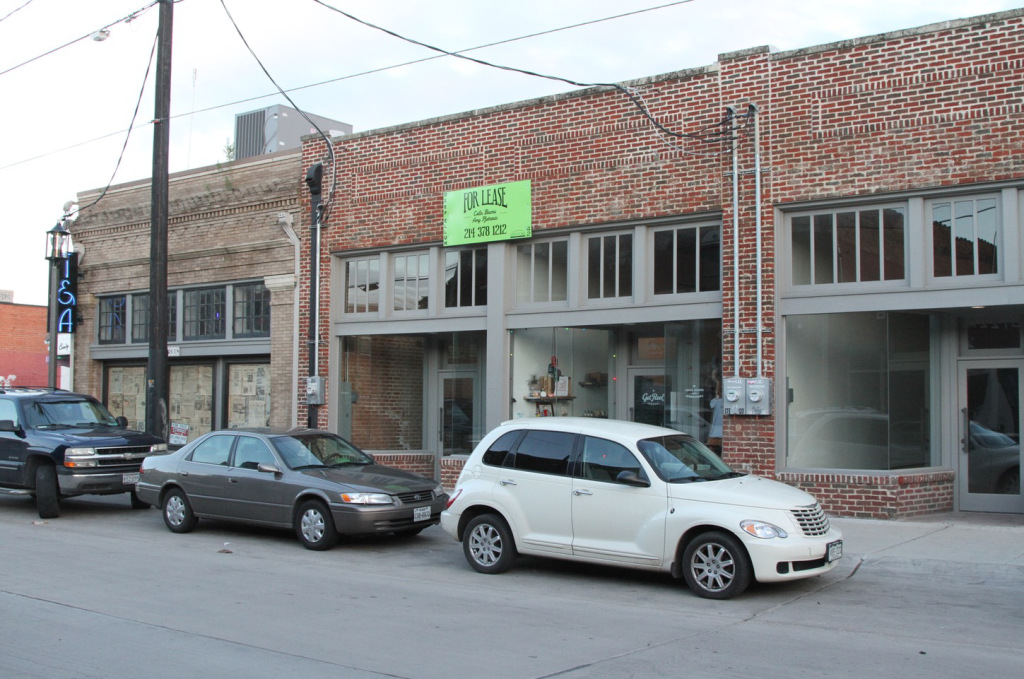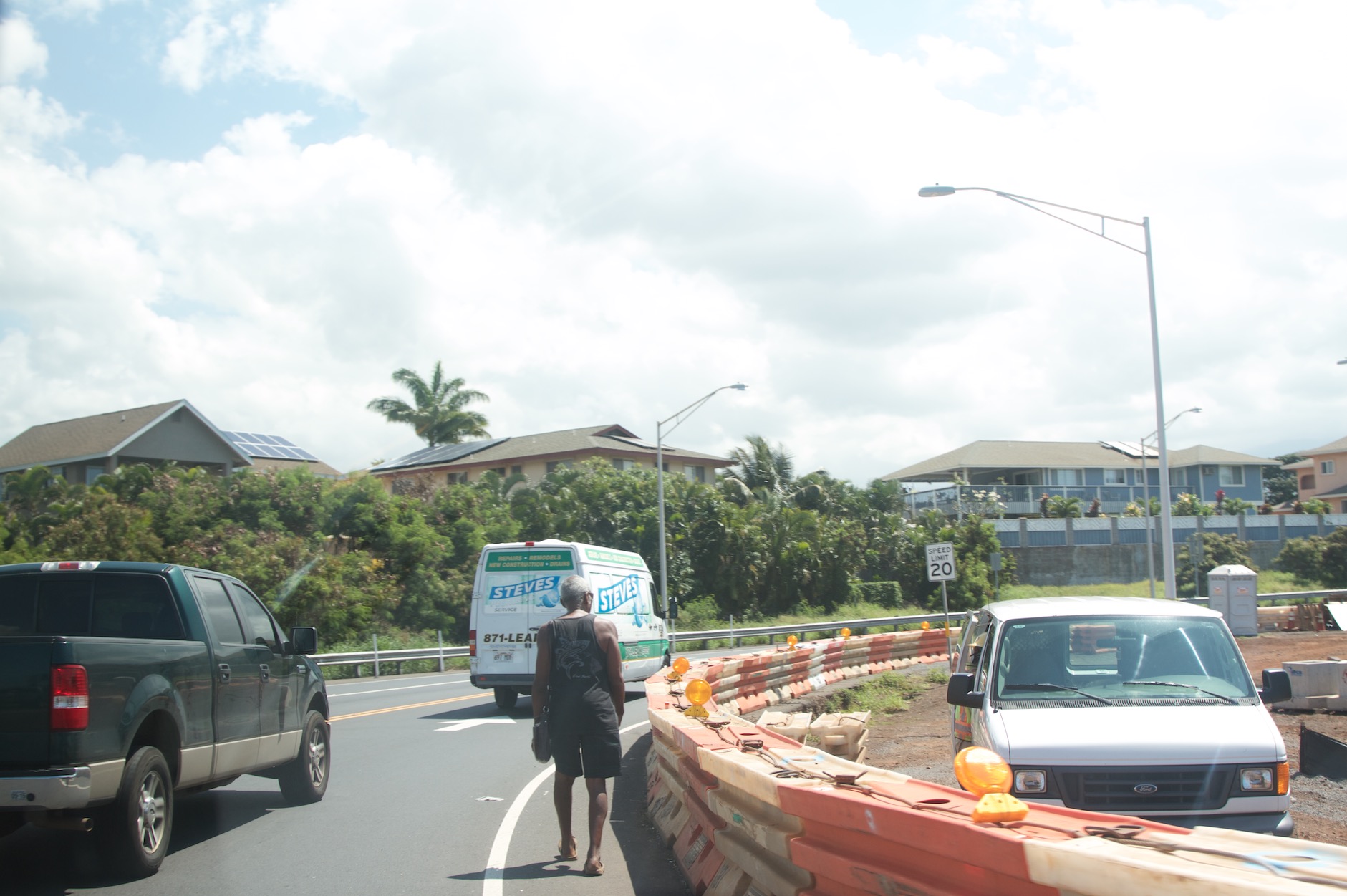The Negative Consequences of Car Dependency
The majority of American towns and cities are built around the automobile. From multi-lane highways to vast paved parking lots, our communities have been shaped around a single mode of transportation over the last seventy years. While this may feel like progress, it has also harmed ourselves and our towns in ways that will be felt for generations.
Today I'm going talk about some of the negative consequences of car dependency and how a more walk-friendly, human-scaled development pattern would make us all better off. Specifically, I'm going to talk about them from the perspective of a town or suburb that has gone all-in on the auto-oriented pattern of development, where car travel and storage is prioritized over any other mode of transportation, and where the entire community is designed around car use. Some of these negative consequences are:
Social isolation
Discrimination
Expense
Decline of small businesses
Effect on public health
1. Social Isolation
I've lived in both cities (taking transit and walking everywhere) and suburbs (working in a suburban office campus and driving everywhere). When I lived in the city, I used to have random encounters with strangers, often daily. These were usually nothing more than simple interruptions. The elderly lady that asks for help at the train station. Overhearing the couple's conversation behind me on a bus. The homeless man asking for my spare change... These people were rich and poor, old and young. Even though the idea of being forced to interact with strangers sounds undesirable, there's something very human about feeling that you are part of a living world. I was not the most sociable child, so these random encounters played an important part in developing my social skills and feeling comfortable around strangers.
When I lived in the suburbs, I eliminated most of these random encounters. When I got into my car to drive to work, I felt like I was traveling through town in my own isolated box. When I got out of my car at work, the only people that I interacted with were co-workers, and when I returned home, the only people that I interacted with were my family. The possibility of random encounters with strangers was still there (when I visited the supermarket, for example) but I reduced the window for this to occur from an everyday experience to a couple of hours on the weekend. I had to go out of my way and place myself in public to interact with my neighbors and others that lived in my town, rather than it being a natural part of my day. The places where I shopped and spent time targeted my demographic, so I was constantly surrounded by people that were similar to me.
I often wonder if not having those small everyday interactions with strangers has a greater psychological effect on us than we realize.
2. Discrimination
Getting around in a car dependent environment is fine if you're old enough to drive (but not too old) have no major mental or physical disabilities, passed the test, and can afford a car and all of its associated costs. Everyone else is treated like a second class citizen; they are either a burden to their friends and family to escort them around, isolated at home and get out very little, have to rely on mobility services, or they tough it out and walk, cycle, or take transit in environments not suited to those forms of transportation.
It's discriminatory. By going all-in on the auto-oriented development pattern and creating a car-dependent environment, we're discriminating against those that cannot drive: the poor, the young, the elderly, the disabled. We place so much emphasis on buildings that are ADA complaint, so that people with disabilities can conveniently navigate through doors and between floors, yet we keep building car dependent environments where an even greater demographic cannot conveniently get around on their own.
There is a gross inequity behind this model; those that can drive are entitled to a fast and easy day, while those who cannot are not.
3. Expense
Going all in on the car is very expensive for everyone. This includes our cities, our business owners, and individuals.
For Cities
We are endlessly "upgrading" roads by widening them and adding extra lanes. We install countless numbers of traffic lights and stop signs. We build vast networks of freeways and interchanges. We spread out across the landscape, promising sewage, water, power, police and fire protection, schools, and perfectly paved roads to a tax base spread too thin to support them (this is at the heart of the Strong Towns message). We issue bonds, take on debt, cut services, and increase taxes so we can keep on doing more of them same.
Improvements to walk and bike infrastructure cost far less and save our communities millions over the long run. These are some of the most high returning investments we can make in our towns.
Businesses built under the auto-oriented pattern require landscaping (greenspace) and extensive maintenance to prevent this style of development from appearing blighted. (Source: Google Maps)
For Property Owners
The appeal of locating a business in the suburbs is based on the availability of cheap land, usually fueled by a city's desire to attract more easy horizontal growth. In auto-oriented places, there are usually regulations that require a minimum lot size (perhaps 1/4 of an acre), parking, and perhaps landscaping. Sometimes the business needs to pay for things that are technically part of the street, such as installing and maintaining the sidewalk.
In the walk-friendly traditional development pattern, businesses need only enough space for their building. Parking in the traditional development pattern doesn't need to be required or banned, because it's within a business's best interest to make their business as accessible to as many customers as possible. If the surrounding businesses and streets have an ample supply of parking or if the majority of the customers live close enough that they don't have to drive, then the property owner may not decide to supply their own parking. Without the need to landscape or supply parking, businesses are only required to purchase, develop, and maintain enough space for their building. The end result of the traditional development pattern is a very fine-grained mix of properties that is highly walkable and takes up minimal space.
For Individuals
Living in a car dependent environment places a financial burden on the individuals that live, work, and go about their daily lives there. These financial burdens are both direct (owning a car) and indirect (taxes).
The average yearly cost of owning a car is between $6,957 and $11,039 (a number that often varies, but it's usually within the higher half of four digits.) A family of two working adults who live in an auto-oriented place will likely want two cars for commuting and other daily tasks, thus doubling the yearly cost of car ownership for the household. In a family with grown children of driving age, there may even be a need for three or more cars.
In a walkable, people oriented city, many households still own a car as it's often convenient to have a car around for the few times you need it (to visit family out of town or to help transport large purchases). But in these cases, a car becomes a luxury, not a necessity, and most families could get by with only one or none.
The indirect costs, such as maintaining roads and traffic signals (as mentioned above), is eventually handed down to the tax payer through tax increases and service cuts as the bonds mature and the debt and maintenance of the auto-oriented pattern remains.
4. Decline of Small Businesses
Car-dependent environments are unfavorable for small specialty businesses. The auto-oriented development pattern creates a high cost of entry for small businesses, as discusses above. I am concerned that this high cost of entry will lead to a polarized economy where the rich get richer while the rest of the population is prohibited from participating. (Read more about this issue.)
The auto-oriented development pattern where everyone drives from store to store isn't favorable to specialty businesses. There is a considerable overhead in time and effort to make a stop; you need to turn off the street, park your car, then get out of your car. Once you are done shopping at each store, you need to get back in your car, slowly back out of your parking spot, wait for the traffic to clear so you can exit back out onto the street, and drive to your next destination.
The thought of shopping for a week's worth of groceries from small specialty businesses — going from a grocery store, to a butcher shop, to a bakery, to a pharmacy — seems overwhelming, especially if these businesses are located in different areas of town that could take up to 15 minutes to drive between. In this kind of environment, the convenience of visiting a large store where you can park once and have everything under the same roof is often the winning factor for the consumer. Contrast this to a walkable town where it takes no more than half a minute to detour into a store while you are walking down the street.
5. Effect on Public Health
At Strong Towns, we often talk about how the design of our streets and roads can be dangerous for all users, including drivers, cyclists, and pedestrians. According to the Centers for Disease Control and Prevention, motor vehicles crashes are the leading cause of death for Americans between the age of 5 and 34. There's also a heavy correlation between car usage and obesity. This shouldn't be too surprising as we've replaced the primary form of exercise throughout human history — the act of getting from A to B — with mostly sitting in a seat. Add to that the health effects of local air pollution caused by vehicle exhaust. The latter may be solved by the adoption of cleaner fuels and electric vehicles, but not the preventable deaths, injuries, and health risks associated with obesity and a sedentary lifestyle.
---
Car-centric towns are isolating, discriminatory, expensive, harmful to small businesses, and bad for public health. In contrast, walkable, human-oriented communities tend to be the happiest and healthiest and the most financially productive types of places to build and retain.
Let's focus on building places that cater to the needs of humans, not the needs of cars.
If this message matters to you, share it with someone.
(All photos by Johnny Sanphillippo)










The Suburban Experiment is a bad business model, and nothing demonstrates that more clearly than Jackson, Mississippi’s, ongoing water crisis.